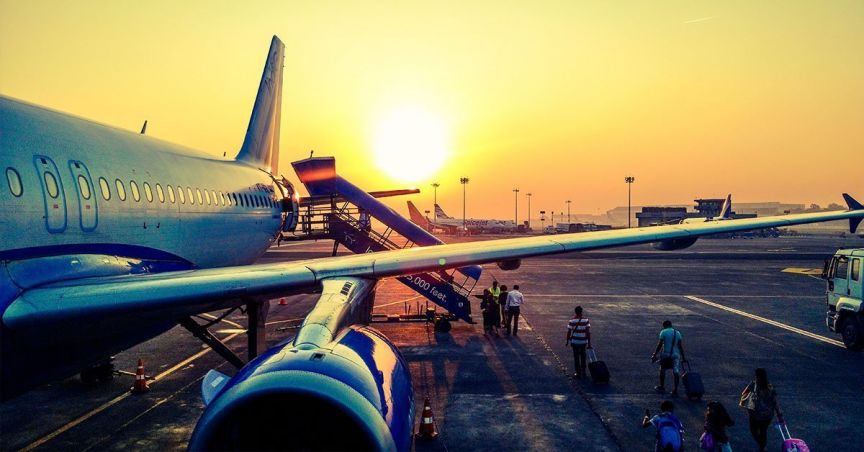In the last decade, there had been a significant decline in the domestic passenger traffic. There had been almost a 20 per cent decline in the domestic travellers. As per the data provided by the Civil Aviation Authority, the domestic routes with over 1,000 passengers per year had fallen to 188 in 2017 from 228 in 2007 as the number of domestic passengers fell to 22.8 million which is approximately 10 per cent. On the contrary, the passengers for international travel increased by 43 per cent to 229 million over the same period.
Due to the ongoing loss in the domestic passengers, the airlines are closing the routes one by one, said by the managing director of Scotlandâs Loganair. Scotlandâs Loganair is one of the major domestic airline operators in the UK. Edinburgh-Inverness service provided by the Loganair had been stopped. Similarly, the British Airways have closed its route from Gatwick to Manchester which was earlier operated thrice a day by the company.
While all the major cities have good air connections to London as it is operated by the government, but they are not properly linked to each other. For instance, there is no direct flight between Newcastle to Manchester.
Apart from the financial crisis in 2008, majority of airline and airports claim the primary reason for the decline in domestic traffic is the taxes and more specifically the air passenger duty that is payable by everyone travelling from the UK airport. There was a duty of £13 charged per passenger and £3.4 billion was raised in 2017-18, up from £1.9 billion a decade before.
As per Graeme Mason, Newcastle airportâs corporate affairs director, the UKâs aviation tax is the highest in the world, which is significantly impacting the growth. High duty and taxes should be blamed for the declining domestic traffic and why passengers can no longer fly directly from the city to Stansted, Gatwick, Belfast and Birmingham city.
According to Christine Ourmières-Widener, Flybeâs Chief executive, for Flybe the air passenger duty is almost 20 per cent of its average total fare and it could be 50 per cent during the promotional period.
The aviation industry is expecting some other tax as the government had set up an Airline Insolvency Review following the collapse of the airline leader in 2017. The similar issue reoccurred as Flybmi another domestic airline operator collapsed in February.
As per trade body Airlines UK CEO, Tim Alderslade, Airlines canât bear the increase in the expenses alone and thatâs not at all justifiable so at the end the passenger has to pay too.
On the other hand, passengers are shifting towards other travel means particularity train travel. It is benefiting as well as causing the aviation industry. As per the Office of Rail and Road data, train travel had grown by 40 per cent in the last decade to 2017-18 and contribute to over £145 million. With the improvement in the services in Virgin West Coast railway, the British airways close its service from Gatwick to Manchester.
To slow down the decline, the government had subsidised public service obligation flights. The UK had 22 subsidised routes and the majority of which are serving the Scottish islands. The government is backing up the Flybeâs new route from Cornwall to Heathrow. Heathrow is the busiest airport in the country and is one of few airports with a strong domestic network. Many airlines have launched services to Leeds, Cornwall, Inverness and Newquay from Heathrow. Heathrow airport had promised 200 more domestic flights to UK destinations with the construction of its third runway in the mid-2020s.



